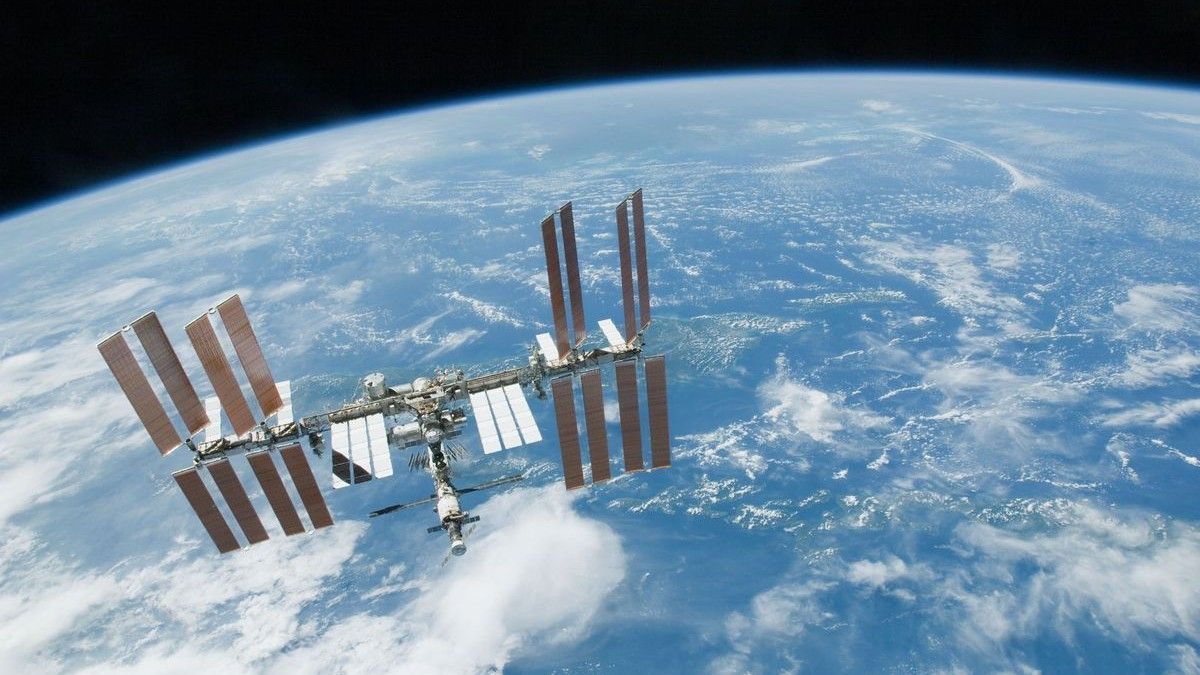- cross-posted to:
- space@lemmy.world
- cross-posted to:
- space@lemmy.world
NASA has selected SpaceX to develop a vehicle that will bring the International Space Station to a fiery end when the time comes.
The space agency first asked U.S. aerospace companies for proposals in March 2023 and then again in September of that year. The request was for a “space tug” vehicle that could help deorbit the U.S. sections of the International Space Station (ISS) safely.
On Wednesday (June 26), the agency issued a statement announcing that SpaceX has been selected to develop and deliver the “U.S. Deorbit Vehicle” as it’s known. The contract is worth up to $843 million; that total does not include any launch costs, however, and is for the vehicle development only. The vehicle will be responsible for disposing of the space station “in a controlled manner after the end of its operational life in 2030,” the statement adds.
If they were going for uncontrolled crashes they would have selected Boeing
They got a Boeing stuck to it right now. The mission may start earlier than planned…
Or the Soyuz and it’s thruster fits from last year.
Technically it’s just a bunch of metal and other stuff but the thought of deorbiting the ISS makes me sad.
I wish they could send it into space so it can orbit the sun forever instead of burning up.
Good point, if they’re sending a rocket up there anyway, why not just push it away from earth rather than towards it? Is it because it’s in LEO and there’s a ton of other satellites farther out?
Way too much dV to leave earth
There’s no need to leave earth, just lift it into a medium earth orbit. There are literally thousands of kilometres in between low earth orbit (where there are lots of communications, spy, navigation and weather satellites) and geosynchronous (where there are lots of communications satellites), and outside of those two there’s virtually nothing there
Still way too much dV. Deorbiting might be a few hundred m/s. Getting up to medium earth orbit could easily be 1000-2000 m/s.
Much cooler (hotter?) but probably more expensive…
A LaGrange point would be nice… lots of stuff there, could prove useful in a few decades…
Question: why deorbit vs push out of orbit away from earth?
To paraphrase an answer I read elsewhere: de-orbiting would be like pushing it down from the first step of a long flight of stairs. Pushing it away from Earth would require ascending the long flight of stairs, which is much harder.
So the space dolphins can live without the fear of being hit by a big metal thing.
But actually because it would probably require less Δv
Will they save all those Thinkpads?
They’ll recover them after the station breaks up in the atmosphere
I would pay damn good money for a thinkpad that has been on the ISS
Cause musk knows how build things that crash and burn
This is the best summary I could come up with:
NASA has selected SpaceX to develop a vehicle that will bring the International Space Station to a fiery end when the time comes.
On Wednesday (June 26), the agency issued a statement announcing that SpaceX has been selected to develop and deliver the “U.S. Deorbit Vehicle” as it’s known.
The vehicle will be responsible for disposing of the space station “in a controlled manner after the end of its operational life in 2030,” the statement adds.
“The orbital laboratory remains a blueprint for science, exploration, and partnerships in space for the benefit of all,” Bowersox added.
“There’s nothing magical that happens in 2030,” Steve Stich, manager of NASA"s commercial crew program at Johnson Space Center (JSC) in Houston, said during a Jan. 25, 2024 briefing.
Stich added that the ISS will continue operations until commercial space stations are in orbit and ready for crews.
The original article contains 467 words, the summary contains 143 words. Saved 69%. I’m a bot and I’m open source!
Well, for 20 years we had one space station and now with China we have two and if we eventually start to get commercial stations then we’ll start to have even more so more people will be able to go up.
They leave the Boeing and Soyuz up there, then when it’s time, gas 'em up and have them act as controlled thrusters. Everything burns up in the atmosphere. All problems solved.
Saves them $800M and change.
Yeah simple. It’s not like it’s rocket science.
Should have went with Boeing they seem to good at diorbiting stuff.
I can’t wait for the headline about his SpaceX miscalculated, rammed the station, and initiated a Kessler cascade, obliterating the infrastructure needed for international logistics and communications. Get ready for the sequel to the 1970s everybody!








